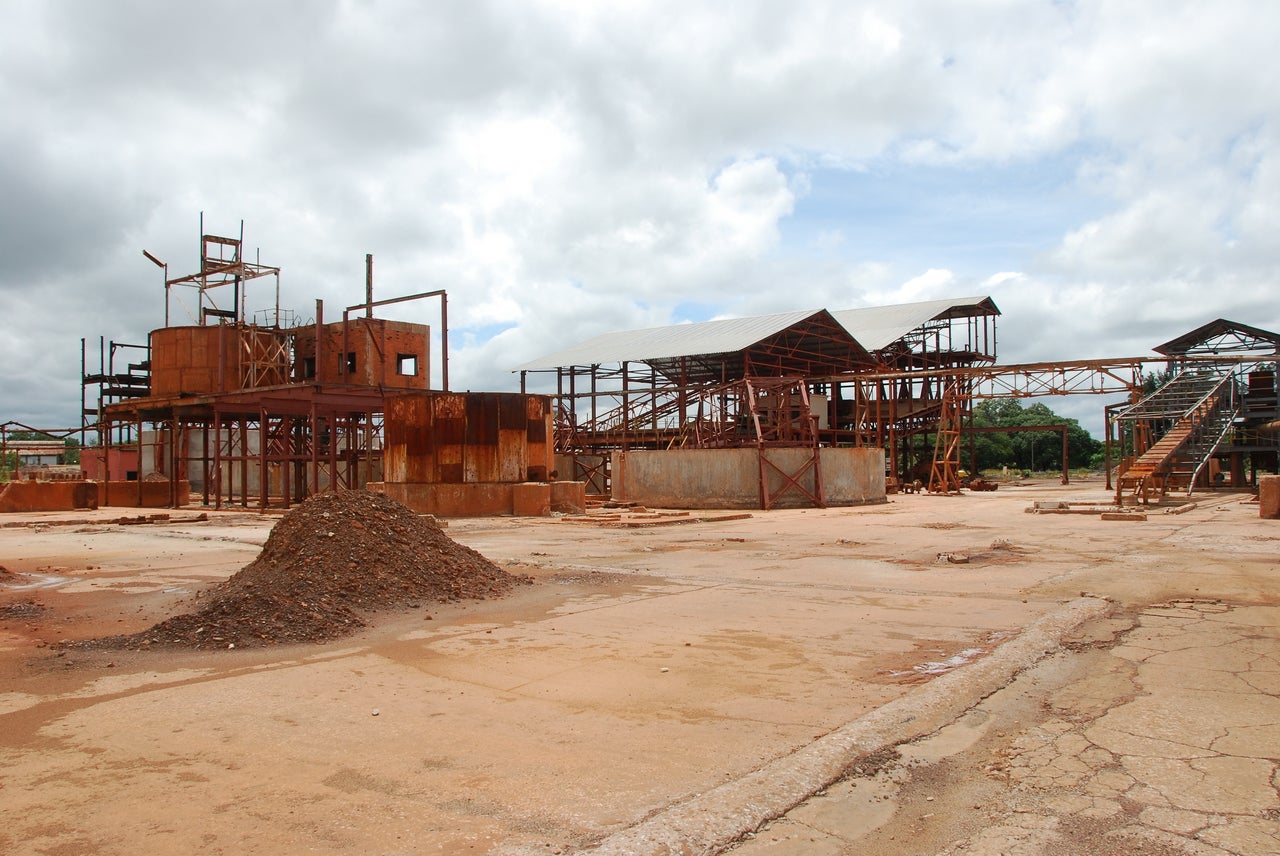
Legal firms Mbuyisa Moleele Attorneys and Leigh Day have filed a class action lawsuit against Anglo American. The firms claim that Anglo’s former facility, the Kabwe lead mine in Zambia, has poisoned more than 100,000 local people through the contamination of the local environment.
The lawsuit asserts that under Anglo American’s ownership, the mine’s smelter, ore processing unit, and tailings dumps polluted local soil and water sources, raising the blood lead level (BLL) of local people to dangerous levels. The firms claim that “a substantial proportion” of the region’s children have BLLs of greater than 45ug/dl (micrograms per decilitre), alongside “numerous cases of young children” with more than 10ug/dl, figures both well in excess of the healthy BLL limit of 5ug/dl set by the US Center for Disease Control.
The project, formerly known as the Broken Hill mine, was operated by Anglo American between 1925 and 1974, before being sold to Zambian Consolidated Copper Mines (ZCCM), and ultimately placed under care and maintenance in 1994. While the mine is no longer producing lead, the law firms argue that Anglo American ought to pay compensation to the families of those affected by the mine during its lifespan.
“From the 1950s, Anglo American publicly committed to making a lasting contribution to communities in which it operated,” explained Richard Meeran, partner and head of the international department at Leigh Day. “Its current human rights policy is to contribute to remediation when its business has contributed to adverse human rights impacts. This ongoing public health disaster is the result of a flagrant disregard for the health of the local community, which is totally at odds with those grand public pronouncements.”
Over the course of its lifespan, the mine was a significant contributor to the local economy, producing close to two million tons of zinc, yet the mine produced similarly significant environmental impacts. Kabwe has a population of around 180,000, and the Human Rights Watch claims that over 76,000 people live in lead-contaminated townships.
Effectively rehabilitating the land damaged by the mine has proven difficult, with a project backed by the World Bank and the Nordic Development Fund falling through in 2005 and no substantial rehabilitation projects considered since. Indeed, the mine’s current owner, the BMR Group, has plans to reopen the mine to access reserves of up to 1.6 million tonnes of lead-zinc silicate ore still buried beneath the mine site, raising the prospect of further environmental damage in the future.
The lawsuit is the culmination of over a year of work, with the prosecutors first raising awareness of the case in August last year. While the lawsuit may not have direct impacts on future mining projects at the facility, the ultimate decision could help set a precedent in the debate between potential financial gain and environmental impact.
“Anglo American South Africa is considered a mining giant that has been instrumental in building the economies of various countries, but it also has to be acknowledged that their operations have caused the decimation of communities and long-lasting damage to the health of those communities,” said Zanele Mbuyisa, partner at Mbuyisa Moleele.



